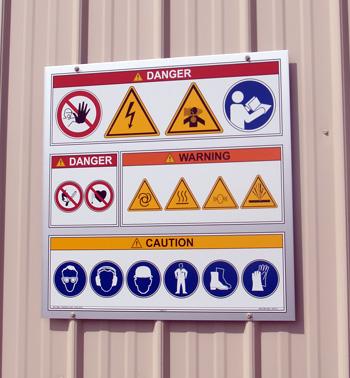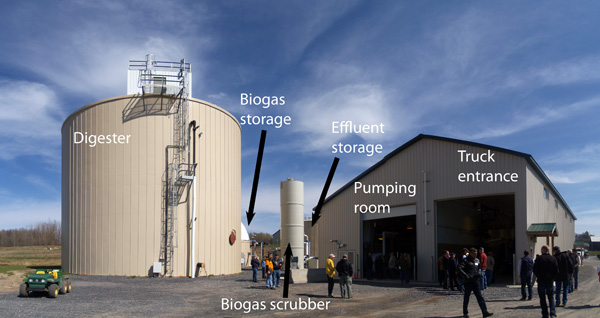This page is part of a series on environmental management topics developed for young or beginning farmer and ranchers. This series focuses on animal agriculture production and will also be useful to established producers as well as teachers and extension agents/educators.
Why is soil science and soil health important to animal agriculture?
Most livestock or poultry operations recycle manure on nearby land as a fertilizer. On grazing operations, this manure is deposited directly on growing plants by animals. For confined operations, manure is collected and stored until it can be land applied (spread) at an appropriate time. Understanding soil science is important for making the best decisions about manure application rate, location, and timing as well as grazing management.
Soil Science Basics
Soil Health
- The Soil Health Paradigm: Holistic Manure Management (archived webinar by Ray Archuleta of the USDA NRCS)
Soil Characteristics
- Soil Characteristics LPES Curriculum Lesson 30, section 3
- Soil Management for Better Fertility on Organic Dairy Farms (focuses on dairy but applicable to all livestock)
Soil Sampling
Livestock and poultry farms sample soil to look at nutrient levels and use those in calculating the appropriate amount of manure and/or commercial fertilizer to apply to a field. This is an important step in a process called “nutrient management planning”. To find soil sampling recommendations and testing labs in your state, do a web search for “soil sampling” plus your state name. If you are unable to locate soil testing publications from your state, some recommended resources:
- Iowa http://www.extension.iastate.edu/Publications/PM287.pdf
- Oklahoma http://www.poultrywaste.okstate.edu/files/f-2207web.pdf
- UC Davis http://manuremanagement.ucdavis.edu/files/134371.pdf
Related: Soil Testing
Knowledge and Tools For Management Decisions
Manure Impacts on Soil
- Manure Impacts on Soil. This archived webinar discusses the physical, chemical and biological impacts of manure application on soils.
- LPES Lesson 30 Soil Utilization of Manure
- Environmental Benefits of Manure Application
Advanced Topics
Tile drainage and subsurface flow
- Tile drainage and manure: Preferential flow
- N losses in manure application over tile drainage (Archived webinar, see the Gupta presentation)
Teacher/Educator Resources
Oregon State activity http://4hwildlifestewards.org/pdfs/soil.pdf
Acknowledgements
This Building Environmental Leaders in Animal Agriculture project was funded by the USDA National Institute for Food and Agriculture (NIFA) Beginning Farmer and Rancher Development Program (BFRDP) under award #2009-49400-05871. This project is a joint effort between University of Nebraska, Montana State University, Livestock and Poultry Environmental Learning Community and the National Young Farmers Educational Association (NYFEA). Meet the Beginning Farmer Project Team. For more information about this project or this web page, contact Jill Heemstra jheemstra@unl.edu







 Fact Sheet
Fact Sheet